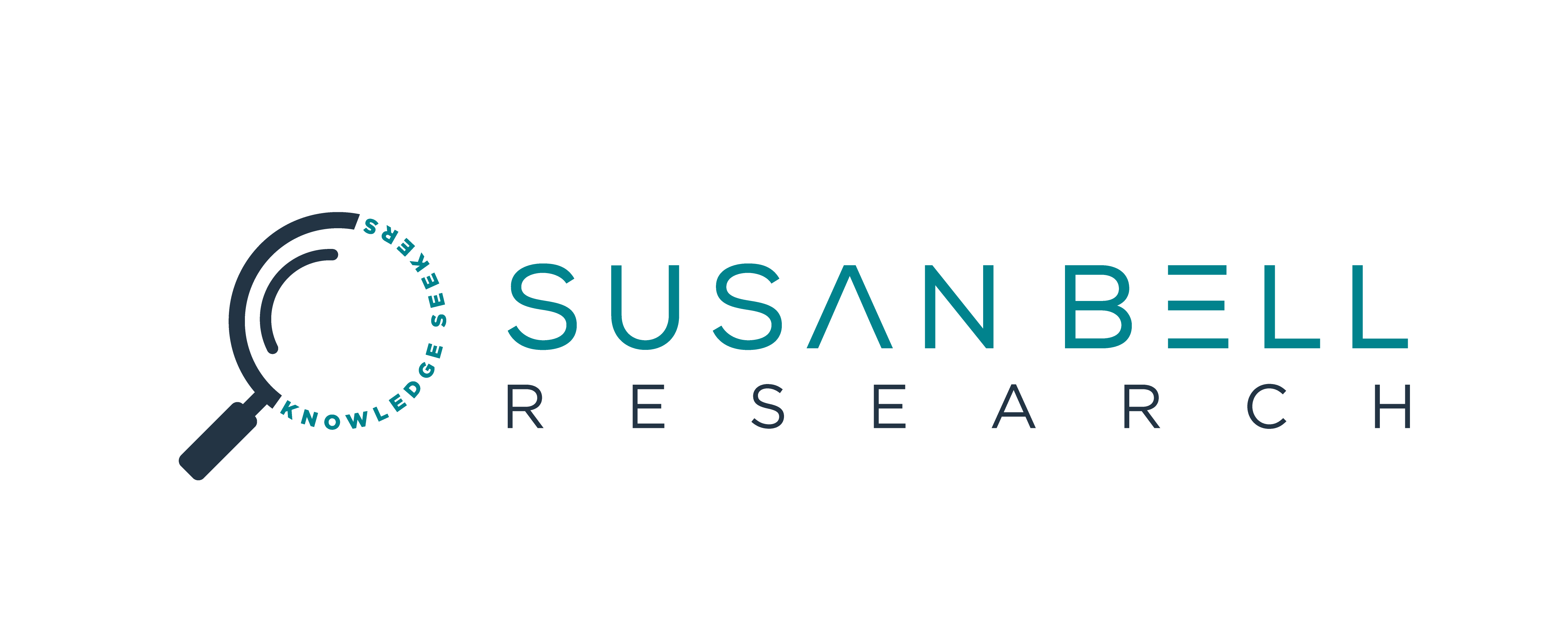Work voice is a style of writing common in workplaces
Which is where it belongs
Work voice is a formal, impersonal and somewhat ponderous writing style that people who work in corporate offices or government departments use when writing to work colleagues, about work topics. If that tone of voice is the voice of your corporate culture, that is fine. Use it freely – at work.
But don’t fall into the trap of using this style with your customers, users or members who do not work in a similar corporate or government environment.
Many financial services firms make this mistake. In fact, work voice was one of the key topics we discussed in our report for ASIC on IDR Responses – these are letters written by superannuation funds to members who had complained.*
The examples below were mentioned in that report. In each case, the intended reader was a member of the fund – in other words a member of the general public.
- ‘Please find enclosed an acknowledgement letter to be signed and returned to us, waiving your rights to make any insurance claim for the period where a reimbursement of insurance premiums has occurred’.
- ‘A good faith payment on a no lability basis’ and
- ‘The team adopts a diversified approach to portfolio construction’.
What happens when readers see work voice?
1. They disengage
When they read work voice, users feel that your content has been written for someone else. They feel that you do not understand them, because you are not using the style of language they use. In a world where member/customer retention is critical, why are you taking this risk?
2. They misunderstand
Our user testing shows that many people do not read content that is written in work voice. They skim over it and miss the key message, or when filling in forms just guess what information you might need from them. What happens next? They use your call centre or they fail to comply with your requests. Why take this risk?
3. They lose sight of your brand
One of the least recognised problems with work voice is that it makes you sound like every one else. You have lost your distinctive brand voice that the marketing team has created in other collateral like your landing pages, blog posts, ads and other ‘customer-friendly’ content. At best, this is a wasted opportunity.
How can I find out if I am writing in my work voice?
Why not try reading some of your content to your family and asking for their feedback on the style?
You can also test your content with users.
If you are unsure about the best way to test content, and/or need the neutrality of a professional, call me. We are content testing and message testing experts.
At Susan Bell Research we use a combination of desk-based evaluation. qualitative research-based user testing and AI. All of our work is informed by plain language and behavioural science. Find out more – contact Sue.
Show that you care for your customers by making your writing clearer.
https://download.asic.gov.au/media/wtpbieiu/rep-752-published-9-december-2022.pdf

We would love to hear from you, and are always happy to talk through research methods and options with you, if you are not sure what you need. Why not get in touch for a free, obligation-free, and confidential conversation.
Find out more about Susan Bell Research.






